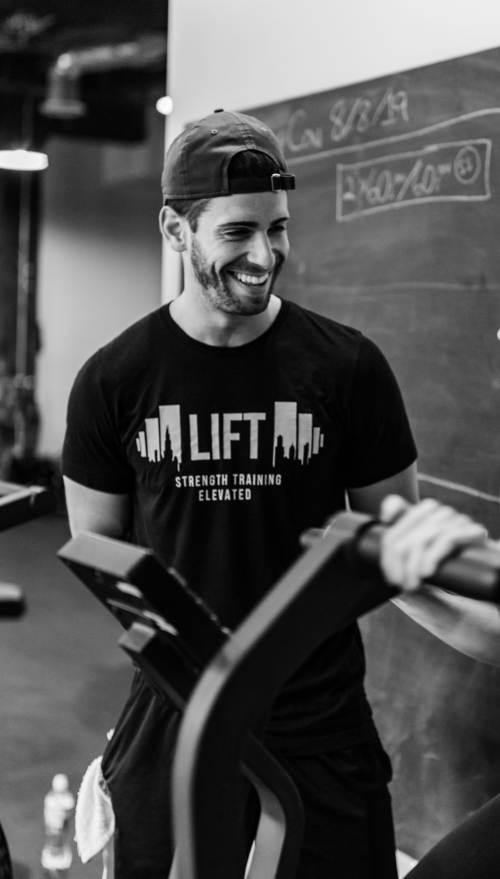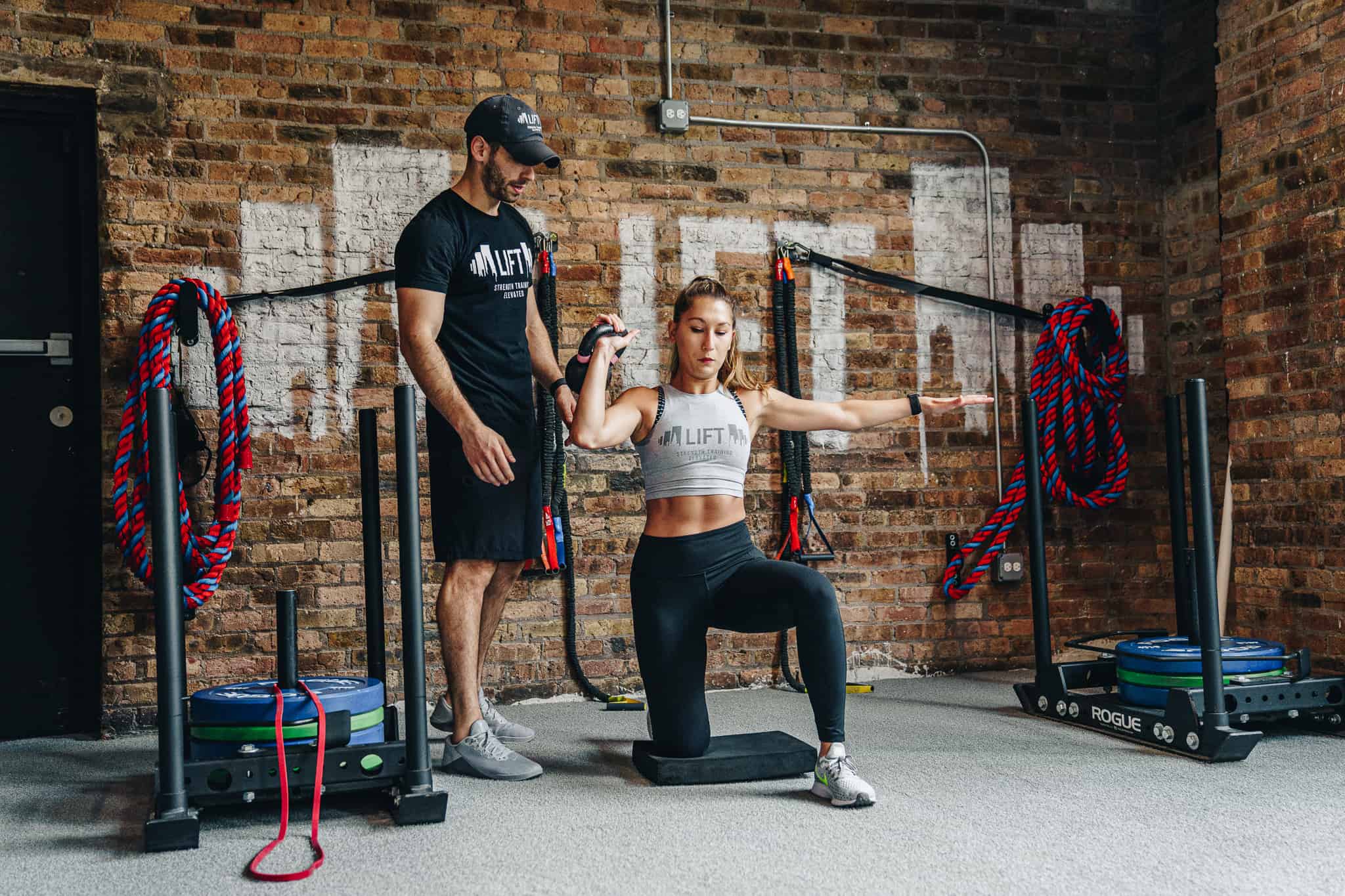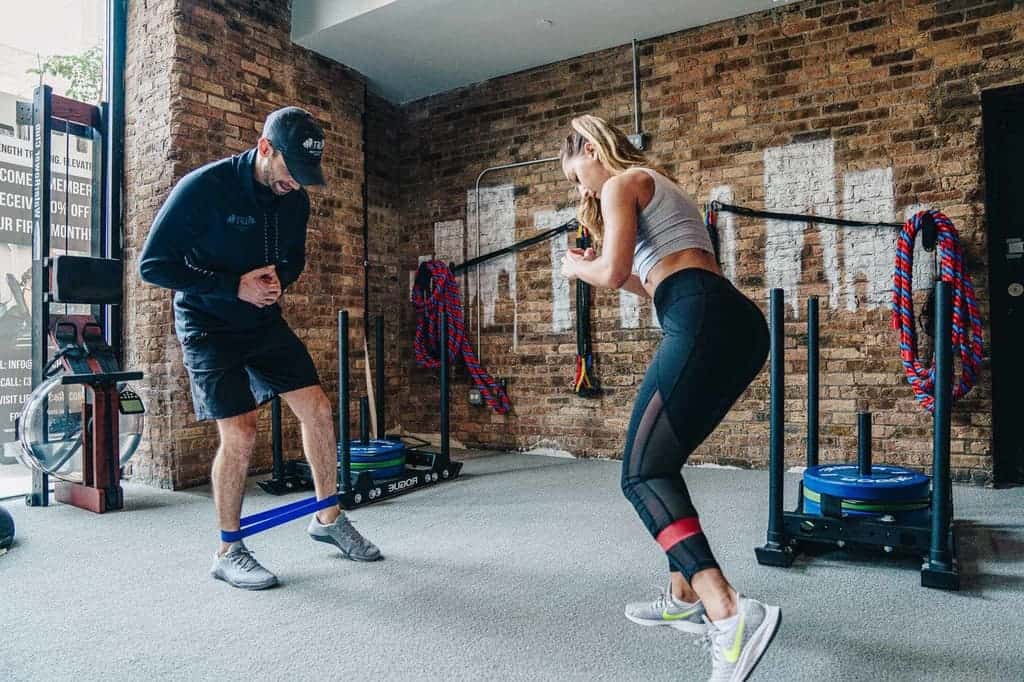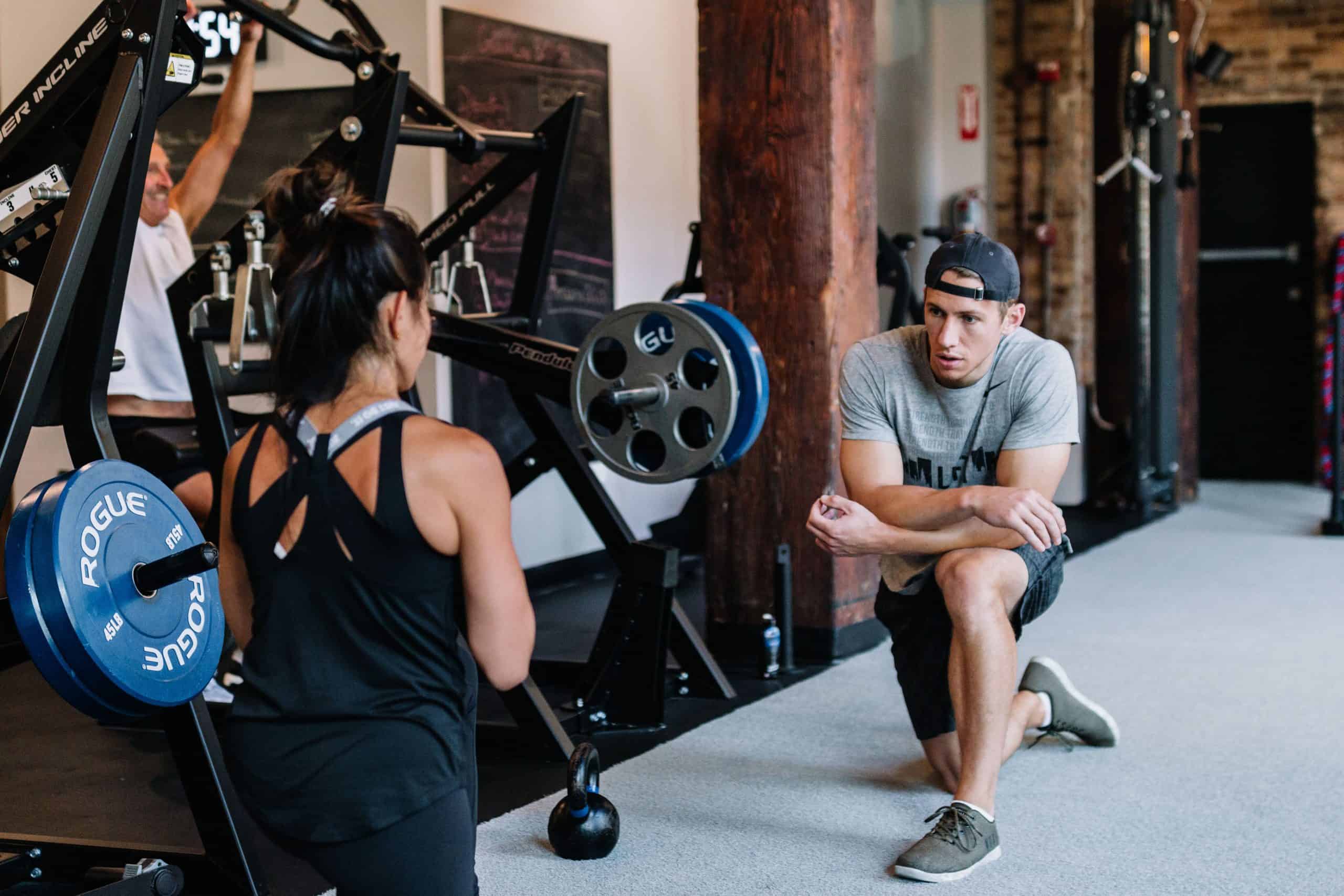Core training may be, simultaneously, one of the most overused and most commonly misunderstood concepts in the fitness world. Whether we are at the gym, taking a yoga class, or simply scrolling through social media, we see countless fitness influencers performing incredibly complex movements and slapping them with labels such as “functional” and “core” training. Some of the most common examples include people throwing themselves to the floor and jumping back up, swinging their legs to pull up over a bar, or twisting ballistically with a free weight. Unfortunately, as sexy as these moves appear, we live in the world of physics and extreme or uncontrolled bending, twisting, extending, and flexing of the lower back is extremely dangerous. These movements do not provide a beneficial training stimulus to the core.
Everyone has his or her own definition of “the core”. For our purposes, “the core” refers to the muscles of the hips, torso, and shoulders. To keep this simple, let’s focus on those coveted six pack muscles (and a few other muscles of the trunk). True core training provides an optimal training stimulus that will improve movement, performance, strength, aesthetics, and prevent injury.
It should be understood that the term resistance training involves resisting (get it?) an external force to strengthen a particular muscle group. The muscles around the lumbar spine and trunk act as stabilizers that prevent extreme ranges of motion. Exercises such as burpees, kipping pull ups, and dynamic twists use momentum that creates excessive extension, bending, and rotation of the lower back. These excessive forces on the lower back can lead to injury and do not recruit the muscles of the trunk. The job of these muscles is to prevent excessive motion of the spine. So, how do we train the core? Enter anti-extension, anti-lateral flexion, and anti-rotation training.
ANTI-EXTENSION
These exercises include actively resisting excessive extension of the lumbar spine (think fat belly and arched back).
These exercises primarily train the rectus abdominis (think six pack abs) and external obliques (large muscles on the side of your stomach)
At Lift Chicago, our foundational anti extension exercise is the deadbug.
ANTI-LATERAL FLEXION
These exercises include actively resisting excessive lateral flexion of the lumbar spine (think aggressive side bending)
These exercises primarily train the lateral core (quadratus lumborum and the obliques)
At Lift Chicago, our foundational anti lateral flexion exercise is the side plank.
ANTI ROTATION/ROTARY STABILITY
These exercises include actively resisting excessive twisting of the lumbar spine.
These exercises train much of the core (rectus abdominis and obliques) when performed correctly.
At Lift Chicago, our foundational anti-rotation exercise is the half kneeling anti-rotary hold.
GAIT/INTEGRATED CORE TRAINING
These exercises include developmental movement patterns that are foundational to movement function and injury prevention.
This exercise category works virtually every muscle in the body, improves mobility, and teaches coordination and balance.
At Lift Chicago, our foundational gait pattern begins with the bird-dog exercise.
Now that we’ve discussed the core and its primary role as a stabilizer, be sure to take a closer look the next time you’re watching individuals perform fitness fad exercises. See if you can identify excessive motion in the lumbar spine when they dive onto the floor during burpees, or if they aggressively swing their legs during kipping pull-ups.
At Lift Chicago, we elevate your core training experience with our series of foundational exercises that provide optimal training, improved strength and aesthetics, and prevent injury. There are many examples of exercises in each component of core training that we implement once an individual has mastered the foundational movements. We create an elevated training experiencing by identifying and correcting dysfunctional movement patterns. We then prescribe individualized core exercises that address weaknesses, prevent injury, and follow systematic progressions. We do not follow the latest fad exercises or use cookie cutter programs. Leave the burpees behind and come experience the quality core training your body deserves. Get Lifted!
Feel free to share this post on social or with a friend with the buttons below.
Mike McClain
Director of Group Training, Strength Coach
Lift Chicago






